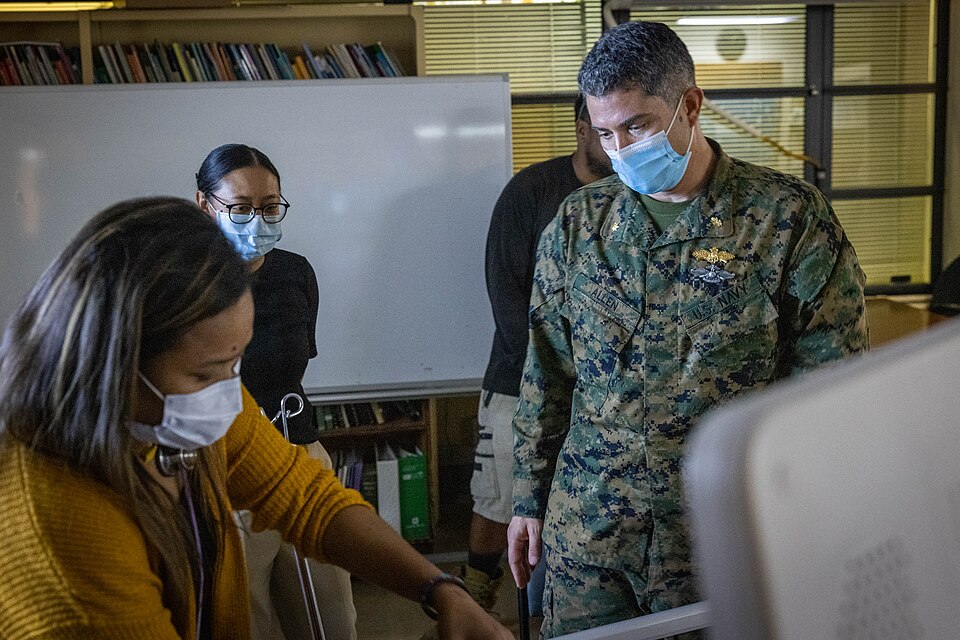POCUS Demonstrates Superior Efficacy Over Chest X-Ray in Pneumothorax Detection

Point-of-care ultrasound (POCUS) has emerged as a more effective tool than traditional chest x-ray for detecting clinically significant pneumothorax (PTX) in emergency trauma patients, according to a study published in the Journal of Emergency Medicine on July 17, 2025. The research, conducted by Dr. Daniel Singer and his team at Stony Brook University, highlights the advantages of POCUS in both speed and accuracy, potentially transforming emergency imaging practices.
Historically, chest x-rays have been the go-to method for diagnosing PTX, yet previous studies have indicated that they can miss up to 50% of cases. In contrast, POCUS allows for immediate bedside assessment, which is particularly crucial in emergency scenarios where time is of the essence. The study analyzed data from a level I trauma center over three years, focusing on high-severity trauma patients. Researchers evaluated the effectiveness of POCUS compared to portable chest x-ray in detecting all cases of PTX, including those requiring urgent intervention.
Dr. Singer's team reviewed the medical records of 924 patients, of which 40 were found to have clinically significant PTX. The study found that POCUS displayed a sensitivity of 84% when executed by fellowship-trained physicians and 68% by less-trained physicians, compared to a mere 48.1% for chest x-ray. Notably, POCUS achieved a specificity of 100% for both groups, indicating no false positives among the patients assessed.
The time efficiency of POCUS also stands out in this study; the average time to conduct a POCUS exam was approximately 9.9 minutes, significantly faster than the 16.9 minutes required for chest x-ray and a staggering 76.6 minutes for CT scans. These findings underscore the necessity for ongoing real-time quality improvement in emergency imaging protocols, as highlighted by Dr. Singer and his colleagues.
The implications of this research are substantial, particularly in emergency medicine where rapid diagnosis can drastically affect patient outcomes. Dr. Sarah Johnson, an expert in emergency medicine at Harvard University, emphasizes, "The ability to quickly and accurately diagnose conditions like pneumothorax can be the difference between life and death in trauma cases. POCUS is not just a useful tool; it is becoming an essential component of emergency medicine practice."
Furthermore, the study suggests that even non-fellowship trained emergency department providers can perform thoracic POCUS accurately, given adequate supervision and training. This opens the door for broader implementation of POCUS in emergency settings, potentially leading to improved patient outcomes across various healthcare facilities.
Looking ahead, the integration of POCUS into standard emergency protocols could redefine how trauma is assessed and managed. As healthcare systems increasingly prioritize efficiency and effectiveness, the role of bedside imaging technologies like POCUS will likely expand, necessitating further research and training initiatives to maximize their potential. The full study can be accessed in the Journal of Emergency Medicine, detailing the comprehensive methodology and findings.
In conclusion, as emergency medicine evolves, the findings from Dr. Singer's study serve as a pivotal reminder of the importance of adopting innovative technologies that enhance patient care and outcomes. The move towards adopting POCUS more widely could herald a new era in emergency diagnostics, where speed and accuracy are paramount.
Advertisement
Tags
Advertisement





